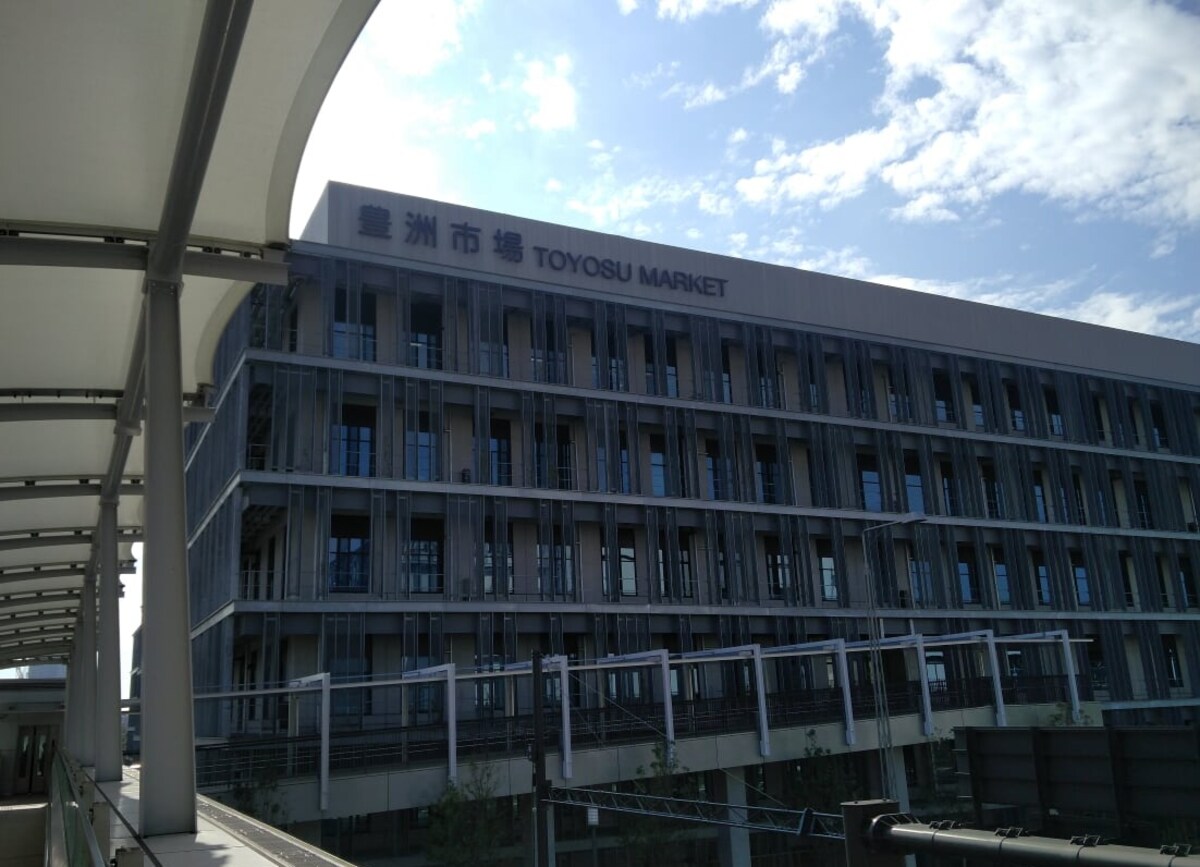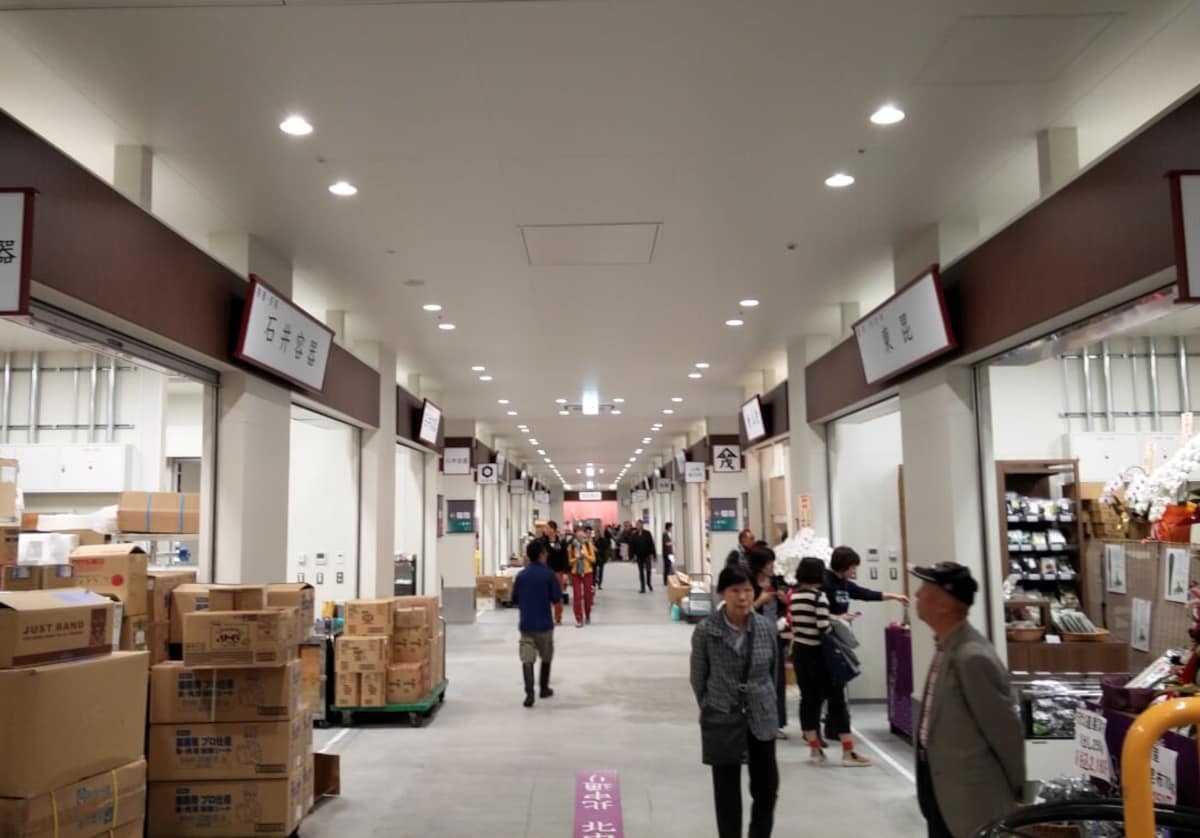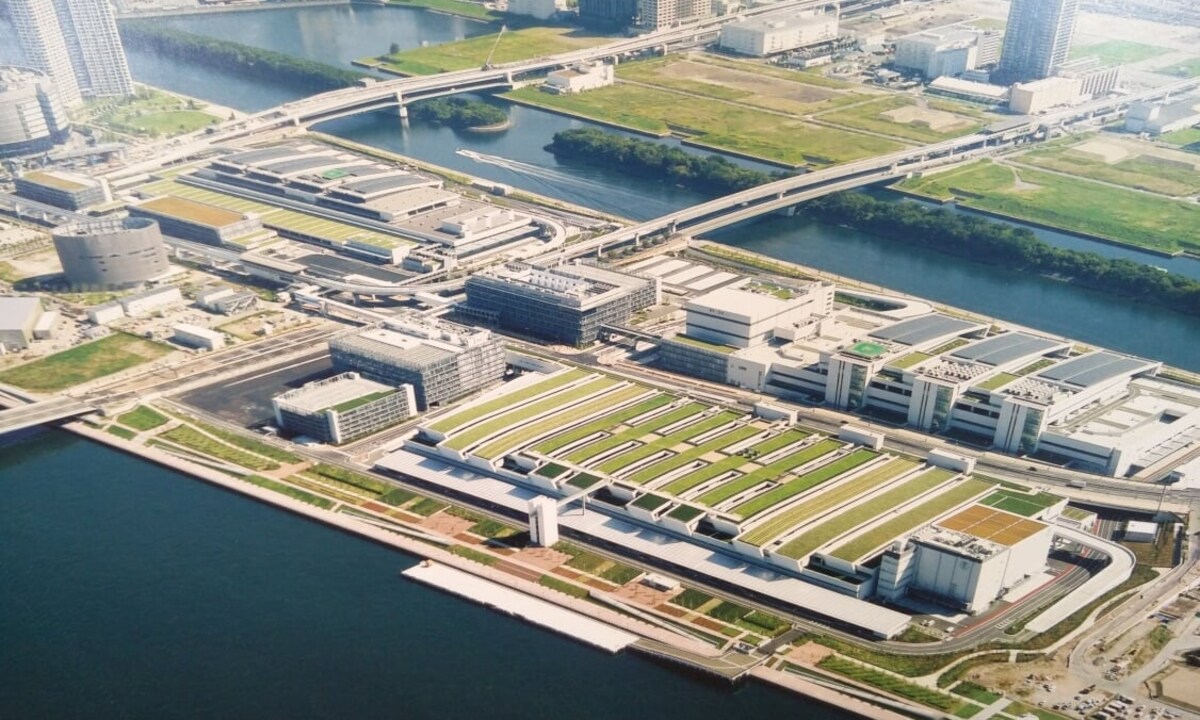Tokyo's New Seafood Paradise: Toyosu Market
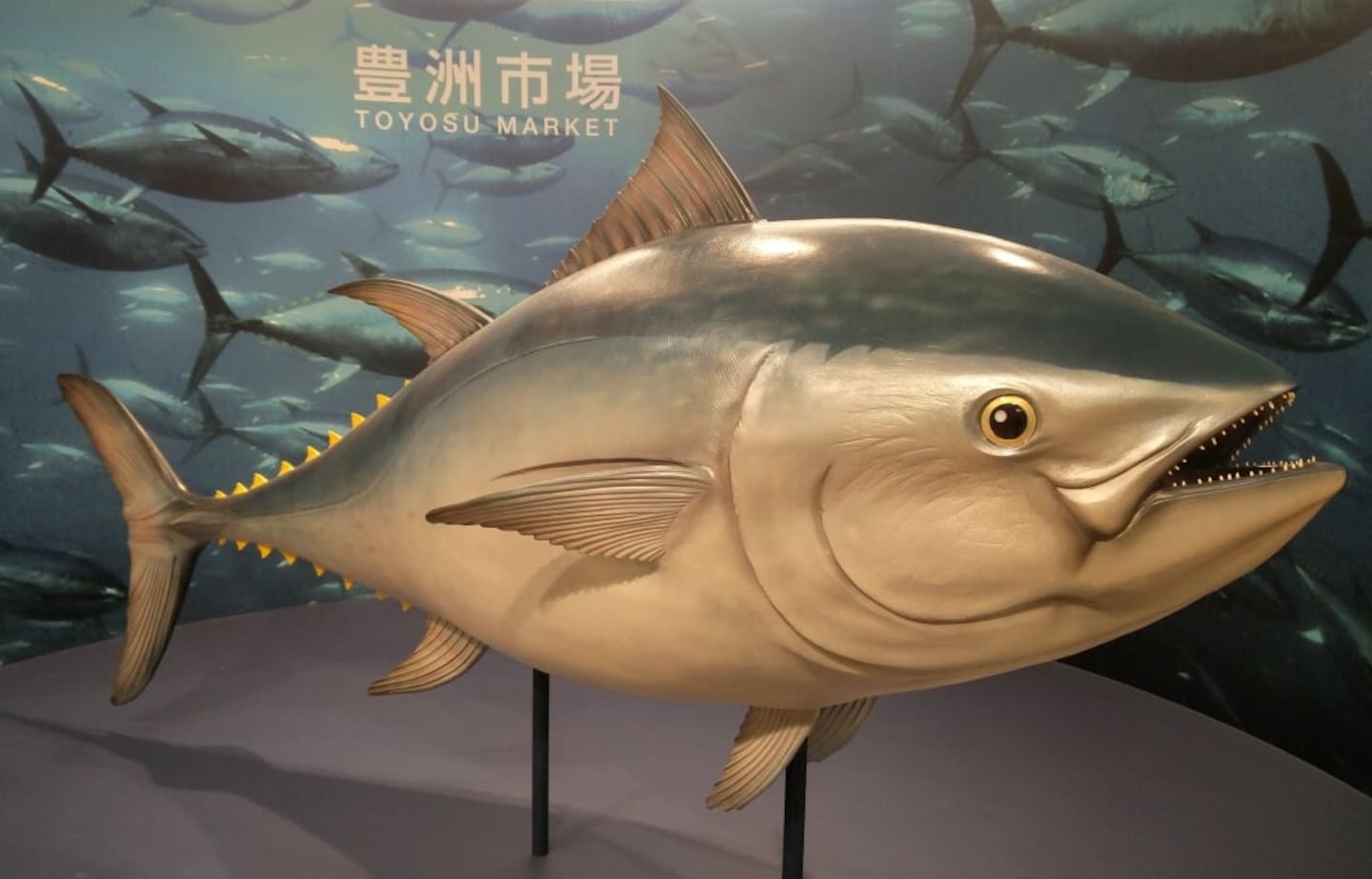
Toyosu has succeeded Tsukiji as the location of Tokyo's great fish market—which also happens to be the largest in the world. While it was bittersweet to say farewell to the charmingly cramped confines of the old location, Toyosu was clearly built to be more accommodating to international visitors. Let's take a look at this new, modern market.
By DavidThe Migration
After 83 illustrious years, Tokyo's great fish market has uprooted and moved from its former home in Tsukiji. The new site is a 2.3-kilometer (about 1.4 mile) jaunt eastward across the Sumida River to Toyosu, located on a patch of reclaimed land in the Tokyo Bay area. The Toyosu Market, which is over 40 hectares in size—almost double the size of Tsukiji—officially opened to the public on Saturday, October 13, 2018, ushering in a new era for visitors and workers alike.

The old market in Tsukiji was one of Japan's most-visited tourist hotspots, and an indelible symbol of Japan's seafood cuisine—earning it the honorary title of "Japan's Kitchen." However, due to a combination of safety issues that had arisen over the years—including sanitation and hygiene concerns, a lack of proper earthquake-proof infrastructure and frequent overcrowding—the decision was made to move the market to a new, more suitable location.
While the relocation may seem sudden to some, the decision to move the market to a vacant former gas plant on a man-made island in Toyosu was initially proposed in December, 2001. Due to initial safety concerns in the vacant plant (and some behind-the-scenes political stonewalling), the move was postponed again and again... and then again. On October 6th 2018, 17 years and ¥600 billion (over US$5 billion) later, Tsukiji officially held its last auction. The transfer from Tsukiji to Toyosu was underway the following day. It involved over 2,600 forklifts carrying equipment and goods from approximately 900 businesses, and was complete by October 10th. The official opening of the new market came the next day, and it was opened to the public on October 13, 2018.
Toyosu Market
Toyosu forgoes the cramped, yokocho-style streets of Tsukiji in favor of a massive state-of-the-art complex of warehouse-style buildings which harbor a plethora of fresh Pacific Ocean catch. If Tsukiji's charm was in its rustic, traditional aesthetic that allowed visitors to brush up against the workaday life of the market, then Toyosu's appeal is that of an ultra-clean, accommodating, market-turned-museum. The market has clearly been designed with the interest of visitors in mind. Each of the three main buildings contain tons of information regarding the history of Tokyo's fish markets, while celebrating the modern marvel that Toyosu is striving to become. You can also get multilingual interactive tours on your smartphone by scanning clearly indicated QR codes that are posted around the complex.
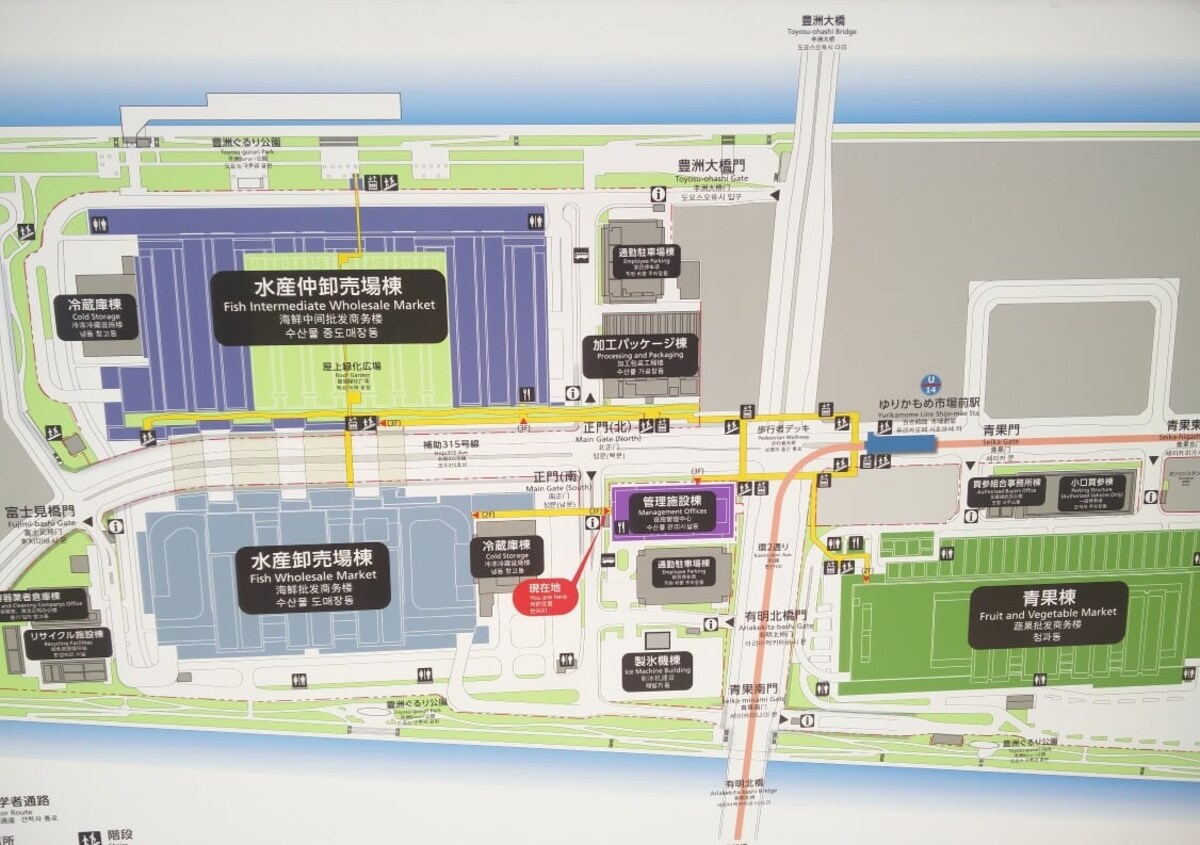
Toyosu is a spacious, efficient and highly-organized marketplace—containing shops, restaurants and even exhibits. Toyosu's market complex is comprised of three main warehouses that serve different functions—the fish wholesale market, the fish intermediate wholesale market and the fruit and vegetable market—along with a collection of smaller buildings.
The Fish Wholesale Market
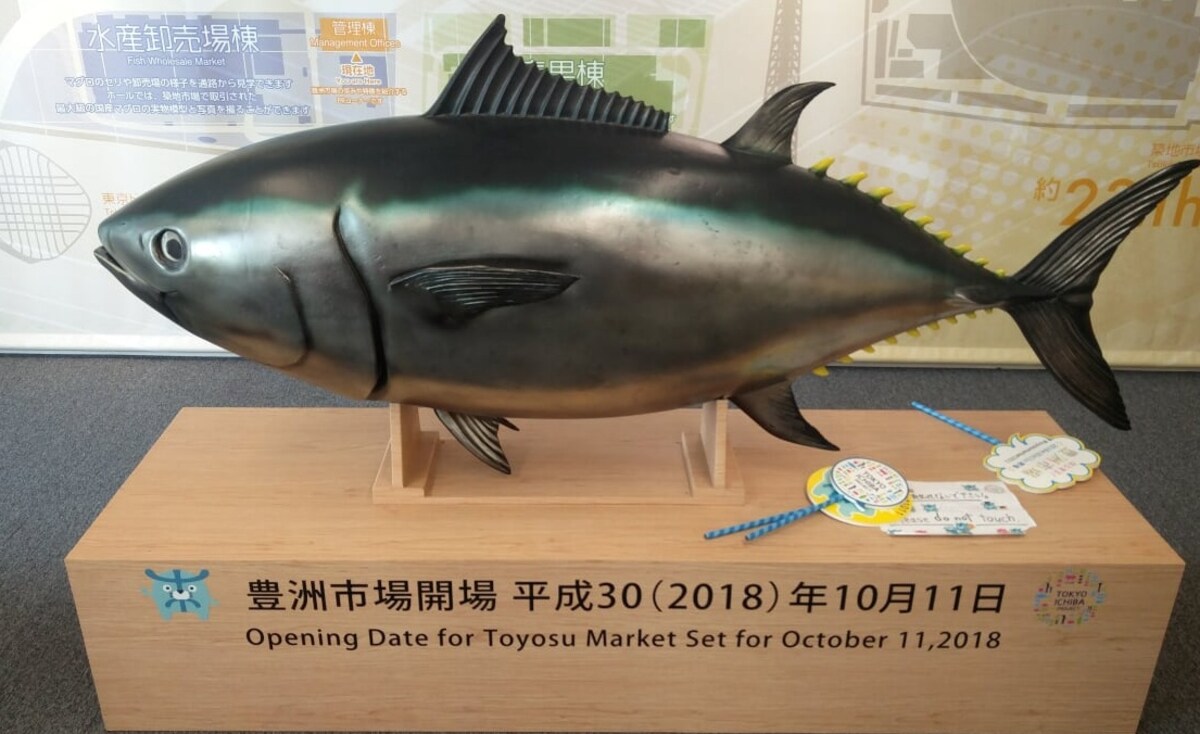
The fish wholesale market is where fish from the morning catch are auctioned to local fishmongers and suppliers. One of Tsukiji's main draws was the early morning tuna auctions which started at around 4 a.m. each day. The tradition of allowing tourists to view this authentic bartering spectacle continues at Toyosu in a much more controlled fashion. Now tourists can view the auctions from behind a glass-panelled observation deck, with a closer vantage point projected to open in January, 2019.
Although some of the intimacy may have been lost from Tsukiji's auctions, there's no longer a "first come, first served" policy, which allows everyone to get a good vantage point in the gallery. There's also information in English and Japanese to help you understand the myriad gestures used during the auctioning process, along with the times at which each event normally starts. It's easier to navigate, and should be smoother for all parties involved.
There is a map clearly indicating the different areas on each floor, categorized by the variety of fish that are being sold—fresh fish, live fish, shellfish, sea urchin, tuna and so on. Due to the sheer amount of tuna that is brought into the market everyday and the hulking size of some the fish on sale, this tends to be the most popular of all the market's auctions.
If you do miss the early morning auctions, you can still enter this building and wander around the information area. It gives an in-depth history of the genesis of Tokyo's fish market, and how it's grown into its current state. There are also a few traditional sushi restaurants located near the main entrance.
The Fish Intermediate Wholesale Market
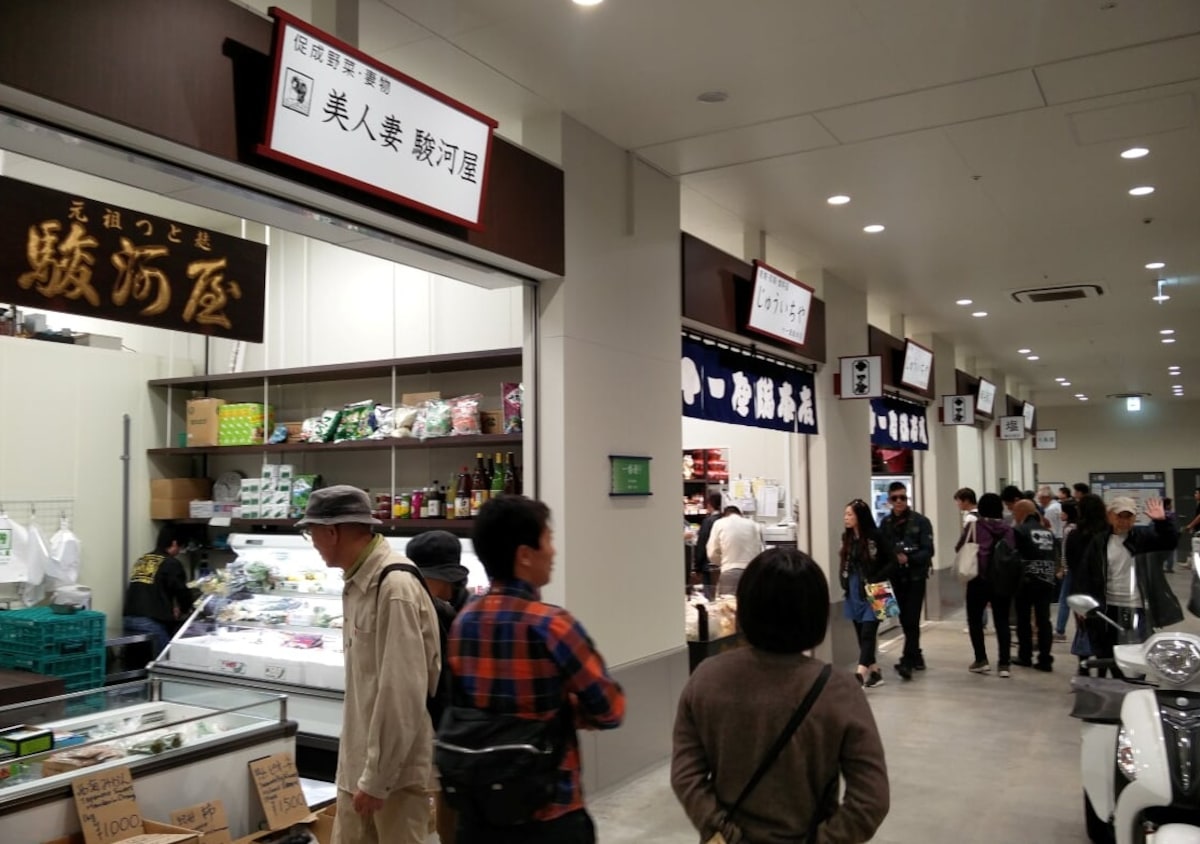
Toyosu's intermediate wholesale market is probably the highlight. The building is primarily used for restaurants and retailers to purchase fish from the fishmongers who have come directly from the morning's auctions. There is a viewing area, although it is limited to only a few vertical windows, and much of the view below is blocked. It's also an entirely restricted area, so don't expect to be able to wander around the market floor like at Tsukiji.
That caveat aside, the intermediate wholesale market has a lot going for it. The fourth floor of the building is essentially the spiritual successor to Tsukiji's outer market (which is still open), where you can indulge in a bit of retail therapy. A plethora of shops (many of which migrated from Tsukiji) line the hallways selling everything from seaweed, matcha and tamgoyaki to expertly crafted knives, home goods and memorabilia.
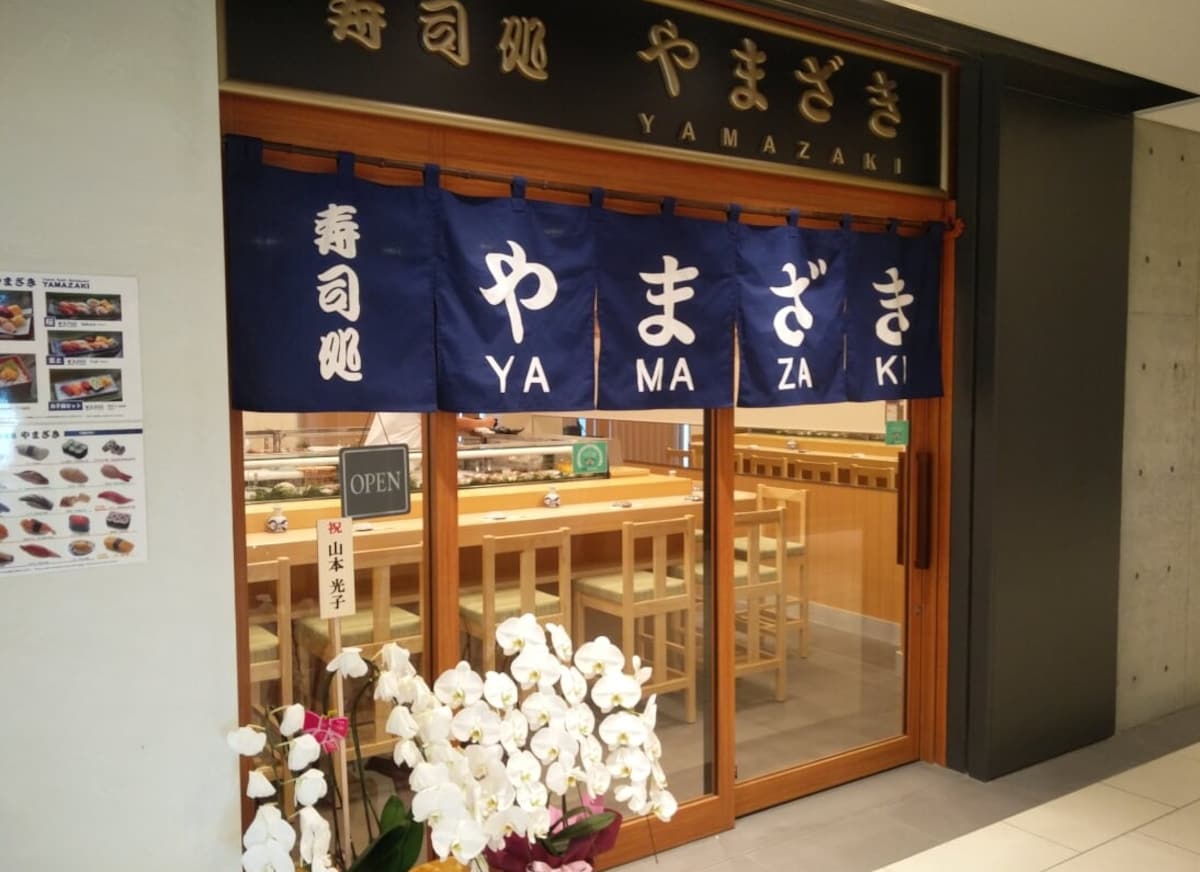
The intermediate wholesale building is also home to the market's largest collection of restaurants. On offer is a wide variety of seafood, mostly in the form of sushi and sashimi. The restaurants have retained their traditional Japanese aesthetic in spite of their new modern setting. You can still expect sliding front doors draped with kanji-covered noren curtains, along with simple wooden interiors and (of course) top-notch sushi.
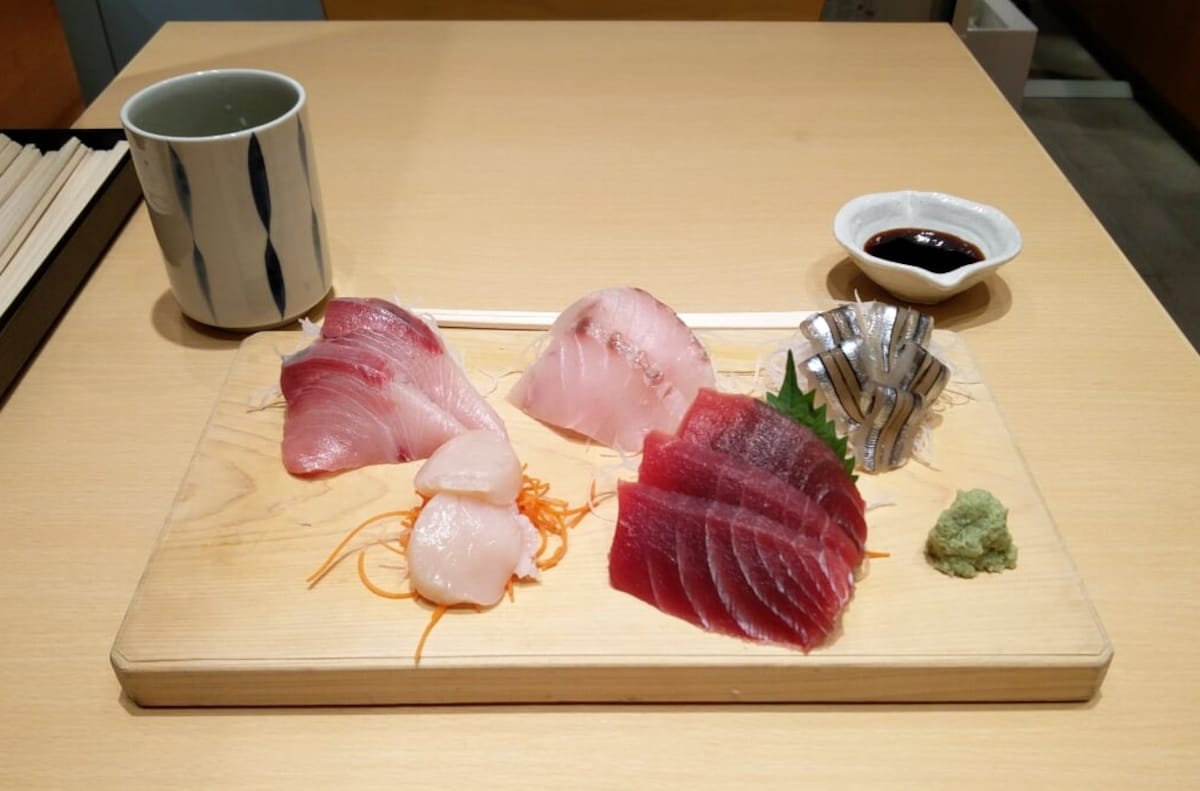
Sushi and sashimi prices in the market range from restaurant to restaurant, and can vary dramatically depending on the type of seafood you're craving. Something like uni (sea urchin) comes at a premium, and will dent your wallet much more than something more common, like tuna. The above smorgasbord is from Ikinoya. It was five different types of raw fish and shellfish, a healthy dollop of wasabi and soy sauce, and a green tea to wash it all down. This came to ¥1,900 (about US$19), and a set meal that includes miso, rice and pickles costs ¥2,200. Although it was one of the cheaper options on the menu, it's still fairly representative of prices in the market as whole.
The Fruit & Vegetables Market

The fruit and vegetables market building is probably the least popular area of the new Toyosu market complex. With little to offer in the way of purchasing options, its main attraction is the early morning auction. Again, this is exclusively for restaurants and retailers to get priority on buying fresh produce. You can watch the auctions through an observation gallery, which is conveniently color-coded in order to help you locate the area where your favorite fruit and vegetables are being sold. In keeping with the museum theme, there are information boards and photos from yesteryear depicting the journey of Tokyo's fruit and vegetable market—from its initial inception at Kyobashi during the Edo period, through the years at Tsukiji to its new location in Toyosu.
Eco-Friendly
At Toyosu, energy efficiency and health and safety reign supreme. Apart from the obvious aesthetic differences when compared to Tsukiji, one of the main differences is the temperature. Tsukiji's dated refrigeration systems made it susceptible to huge variations in temperature, which wasn't exactly ideal for preserving raw fish. Toyosu has implemented a solar-powered, environmentally friendly system by which the temperature is kept at optimum levels. The inner market areas are chilled to 14.5 degrees Celsius (58°F) in order to meet global health and safety standards for fresh fish. With reduced risk of contamination, both visitors and workers alike benefit from this change in policy.
Toyosu's emphasis on being green goes all the way to the top—literally. The roof of the intermediate wholesale market building has been converted into a spacious roof garden area. Although at this early stage in the market's lifecycle it is still relatively empty, there are plans to develop it further. The roof garden also helps to naturally maintain the temperature within the intermediate wholesale building.
Tokyo Bay
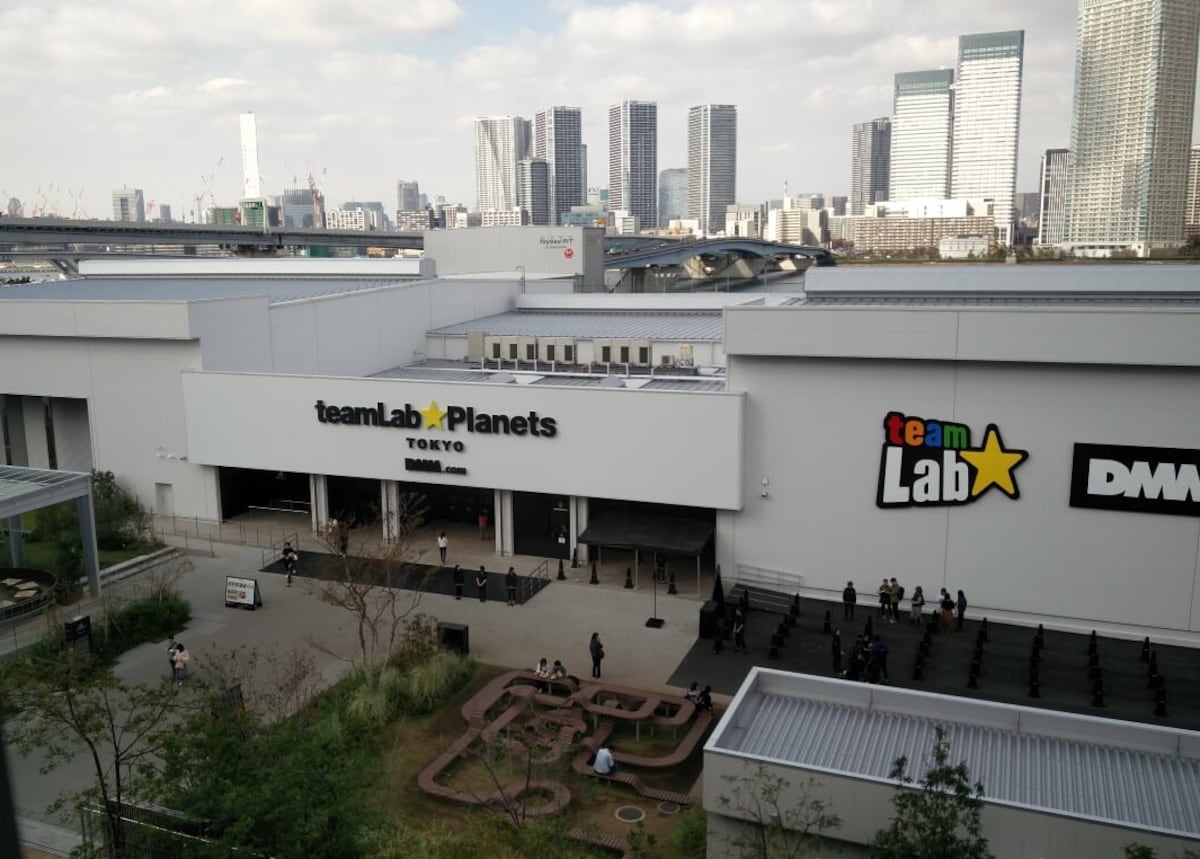
The north area of Tokyo Bay includes some of the newest, burgeoning areas of the city. With plans to keep on expanding development—particularly with the 2020 Olympics on the horizon—it will likely keep growing in popularity.
At Shin-Toyosu Station (one stop from Toyosu Market on the Yurikamome Line) you can find teamLab's Planets, another exhibition developed by the innovative digital art collective. The interstellar-themed experience allows visitors to walk through a series of interactive art rooms that will blow your mind. Tickets for adults are ¥3,200 (about US$28), which is a great deal for this truly unique experience.
The Odaiba area, which is located just a little further down the bay, is one of the most interesting areas in Tokyo. It is a treat for the eyes—with striking landmarks like the Rainbow Bridge and the large Gundam statue—and teeming with attractions, like Joyopolis. If you have some extra time after you finish up in Toyosu, Odaiba is certainly worth a visit!
Access and Opening Hours
The Toyosu Fish Market is located at Shijo-mae Station on the Yurikamome Line. It's two stops from Toyosu Station, which can be reached via the Yurakacho Line which runs through central Tokyo. Alternatively you can access the Yurikamome Line from Shimbashi Station, which is on the JR Yamanote Line that circles Tokyo. Depending on where you are, the journey to Toyosu takes about 45 minutes from central or downtown Tokyo.
The market is generally open from 5 a.m. to 5 p.m., Monday through Saturday. It is closed on Sundays and public holidays, and is sometimes scheduled for close on Wednesdays. You can find the full calendar here.


